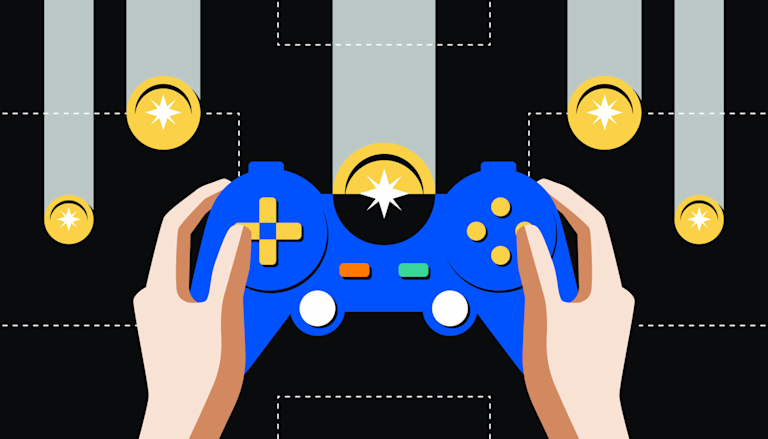Group-based crypto games have transformed digital gaming communities by introducing economic incentives alongside traditional teamwork. Players familiar with bitcoin dice now participate in complex team-oriented games that demand strategic coordination. These collaborative environments require thoughtful team composition to maximize gameplay effectiveness and earning potential.
Balanced attribute distribution
Successful teams in crypto gaming prioritize balanced attribute distribution across members. Each player contributes specialized skills that complement others, creating synergy that exceeds the sum of individual capabilities. Top teams assign members roles that align with their strengths—resource gathering, combat specialization, or economic management. This balanced approach proves particularly valuable during guild competitions and territory wars, where multidimensional skills determine outcomes. Teams with diverse capabilities adapt more readily to changing game mechanics and market conditions that affect asset values. Cross-functional teams consistently outperform homogeneous groups in both gameplay achievements and financial returns.
Hierarchical leadership models
Effective crypto-gaming teams implement clear leadership hierarchies that streamline decision-making. These structures typically feature a guild leader who sets overall strategy, lieutenants who manage specific operational areas, and specialized contributors who execute tactical objectives. This organizational clarity becomes especially important during time-sensitive opportunities like limited-duration events or market fluctuations. Leadership roles often develop based on demonstrated expertise rather than seniority. Players who understand game mechanics, market trends, or team management naturally advance to decision-making positions. The most successful guilds implement merit-based advancement systems that reward performance with both in-game privileges and higher earning allocations.
Asset distribution systems
Team-based crypto games require thoughtful approaches to asset distribution. Top guilds develop transparent systems for allocating resources, rewards, and earnings among members. Standard models include contribution-based splits where rewards are distributed proportionally to player activity metrics, role-based compensation that values critical functions, and hybrid systems combining base rates with performance bonuses. Smart contracts increasingly automate these distribution processes, reducing conflicts and ensuring fairness. Guilds using blockchain-verified contribution tracking report higher member satisfaction and retention rates. These transparent systems build trust, strengthening team cohesion during prosperous periods and market downturns.
Cross-game alliance networks
Forward-thinking teams create alliance networks spanning multiple crypto games. These cross-game communities share intelligence, resources, and talent across gaming ecosystems. Members benefit from diversified earning opportunities while maintaining consistent team relationships. These alliance networks provide competitive advantages through resource sharing and strategic coordination. When new opportunities emerge in the ecosystem, allied guilds leverage collective knowledge to position members advantageously. This approach creates resilience against individual game volatility while maximizing exposure to growth opportunities across the broader crypto-gaming landscape.
Specialized training protocols
Elite crypto gaming teams implement formalized training systems for new members. These onboarding protocols accelerate skill development and cultural integration. Mentorship pairings between veterans and newcomers transmit explicit knowledge and a tacit understanding of team dynamics. Training extends beyond basic gameplay mechanics, including economic strategies, communication protocols, and conflict resolution procedures. Teams that invest in comprehensive member development report higher performance metrics and stronger cultural cohesion. This investment pays dividends through improved coordination during high-pressure situations where team effectiveness directly impacts earning potential.
The most successful team structures in crypto gaming combine clear organizational systems with flexibility to adapt to rapidly evolving game environments. By balancing structured roles with individual autonomy, these teams create sustainable models that maximize player enjoyment and economic returns.

